“it was a hobbit-hole and that means comfort.”
The Hobbit, “An Unexpected Party“
Smials were the hobbit-holes tunneled into earth mounds and hills.
Smials – Tolkien Gateway

Irie refers to positive emotions or feelings, or anything that is good. Specifically it refers to high emotions and peaceful vibrations. This is a phonetical representation of “all right”.
Iyaric – Wikipedia

Welcome to the Irie Smial Preserve
Peer Respite, Human-centered Learning, Nature, and Disc Golf
The Place
The Irie Smial Preserve is set on wooded acreage in Texas Hill Country. Breezes sweep grassy hills dominated by heavy-limbed live oak trees. Spring erupts in vibrant seas of wildflowers that change color as each species gives stage to the next. It’s a pastoral setting with plenty of room for clapping, flapping, and stimming freely.

while stimming I am able to unravel the everyday ordinary barrage of sensory and social information that becomes overwhelming.
The Predictability, Pattern and Routine of Stimming | Judy Endow
The Irie Smial Preserve and the Irie Smial Preserve Disc Golf Course are the private sanctuary of the Stimpunks and are open by invitation only to friends, chosen family, and allies sympathetic to our mission and philosophy and agreeable to our code of conduct.
On this website, we share a look at how we implement our mission and philosophy in our own lives, at our own home. Here, we share how we create anti-ableist space.
The Purpose
niche construction may be every bit as important for survival as natural selection
Reimagining Inclusion with Positive Niche Construction
The Irie Smial Preserve is by Crips and Neurodivergents, for Crips and Neurodivergents. The Preserve is a Cavendish bubble of peer respite and collaborative niche construction where we can find relief from an intense world designed against us. Here, we are insulated from ableism and free to pursue passion-based, human-centered learning compatible with neurodiversity and the social model of disability.
Since reading NeuroTribes, I think of psychologically & sensory safe spaces suited to zone work as “Cavendish bubbles” and “Cavendish space”, after Henry Cavendish, the wizard of Clapham Common and discoverer of hydrogen. The privileges of nobility afforded room for his differences, allowing him the space and opportunity to become “one of the first true scientists in the modern sense.”
Let’s build psychologically safe homes of opportunity without the requirement of nobility or privilege. Replace the trappings of the compliance classroom with student-created context, BYOD (Bring Your Own Device), and BYOC (Bring/Build Your Own Comfort). Let’s hit thrift stores, buy lumber, apply some hacker ethos, and turn the compliance classroom into something psychologically safe and comfortable to a team of young minds engaged in passion-based learning. Inform spaces with neurodiversity and the social model of disability so that they welcome and include all minds and bodies. Provide quiet spaces for high memory state zone work where students can escape sensory overwhelm, slip into flow states, and enjoy a maker’s schedule. Provide social spaces for collaboration and camaraderie. Create cave, campfire, and watering hole zones. Develop neurological curb cuts. Fill our classrooms with choice and comfort, instructional tolerance, continuous connectivity, and assistive technology.
In other words, make space for Cavendish. Make spaces for both collaboration and deep work.
Source: Classroom UX: Designing for Pluralism
At the Irie Smial Preserve, we’ve made space for Cavendish.
At the Irie Smial Preserve, we’ve made space for Cavendish. We provide caves, campfires, and watering holes so that dandelions, tulips, and orchids alike can find respite. Everyone has individual space as well as community spaces so that they can progressively socialize according to their interaction capacity. Caves, campfires, and watering holes are necessary to designing for neurological pluralism and providing psychological safety. They’re necessary to positive niche construction.
“Some autistic people’s needs will conflict with each other. For example, some autistic people may need the TV playing to calm down, as it can help to focus on specific sounds. But for others this may cause more stress depending on their mental state. Additionally, some autistic people may need to stim to feel relaxed and comfortable, or it may be involuntary when they are stressed, but noises they make (e.g. verbal stims), could really stress another autistic person out. I think the key here is space.”
Source: “It’s Not Rocket Science” – NDTi
…positive niche construction is a strengths-based approach to educating students with disabilities. Armstrong describes positive niche construction in this way:
In the field of biology, the term niche construction is used to describe an emerging phenomenon in the understanding of human evolution. Since the days of Darwin, scientists have emphasized the importance of natural selection in evolution-the process whereby organisms better adapted to their environment tend to survive and produce more offspring. In natural selection, the environment represents a static entity to which a species must either adapt or fail to adapt. In niche construction, however, the species acts directly upon the environment to change it, thereby creating more favorable conditions for its survival and the passing on of its genes. Scientists now say that niche construction may be every bit as important for survival as natural selection (Lewontin, 2010; Odling-Smee, Laland, & Feldman, 2003).
We see many examples of niche construction in nature: a beaver building a dam, bees creating a hive, a spider spinning a web, a bird building a nest. All of these creatures are changing their immediate environment in order to ensure their survival. Essentially, they’re creating their own version of a “least restrictive environment.”
Source: Reimagining Inclusion with Positive Niche Construction |
The Feeling
How can we cultivate spaces where everyone has that soaring sense of inclusion?
s.e. smith
We aspire to create crip space that evokes the electrifying feeling of belonging.
It is very rare, as a disabled person, that I have an intense sense of belonging, of being not just tolerated or included in a space but actively owning it; “This space,” I whisper to myself, “is for me.” Next to me, I sense my friend has the same electrified feeling. This space is for us.
Members of many marginalized groups have this shared experiential touchstone, this sense of unexpected and vivid belonging and an ardent desire to be able to pass this experience along. Some can remember the precise moment when they were in a space inhabited entirely by people like them for the first time.
Crip space is unique, a place where disability is celebrated and embraced-something radical and taboo in many parts of the world and sometimes even for people in those spaces. The idea that we need our own spaces, that we thrive in them, is particularly troubling for identities treated socially as a negative; why would you want to self-segregate with the other cripples? For those newly disabled, crip space may seem intimidating or frightening, with expectations that don’t match the reality of experience-someone who has just experienced a tremendous life change is not always ready for disability pride or defiance, needing a kinder, gentler introduction.
This is precisely why they are needed: as long as claiming our own ground is treated as an act of hostility, we need our ground. We need the sense of community for disabled people created in crip space.
How can we cultivate spaces where everyone has that soaring sense of inclusion, where we can have difficult and meaningful conversations?
Because everyone deserves the shelter and embrace of crip space, to find their people and set down roots in a place they can call home.
Source: “The Beauty of Spaces Created for and by Disabled People” by s.e. smith in “Disability Visibility: First Person Stories from the 21st Century“.
We aspire to the feeling of access intimacy.
Access intimacy is that elusive, hard to describe feeling when someone else “gets” your access needs. The kind of eerie comfort that your disabled self feels with someone on a purely access level. Sometimes it can happen with complete strangers, disabled or not, or sometimes it can be built over years. It could also be the way your body relaxes and opens up with someone when all your access needs are being met. It is not dependent on someone having a political understanding of disability, ableism or access. Some of the people I have experienced the deepest access intimacy with (especially able bodied people) have had no education or exposure to a political understanding of disability.
Access intimacy is also the intimacy I feel with many other disabled and sick people who have an automatic understanding of access needs out of our shared similar lived experience of the many different ways ableism manifests in our lives. Together, we share a kind of access intimacy that is ground-level, with no need for explanations. Instantly, we can hold the weight, emotion, logistics, isolation, trauma, fear, anxiety and pain of access. I don’t have to justify and we are able to start from a place of steel vulnerability. It doesn’t mean that our access looks the same, or that we even know what each other’s access needs are. It has taken the form of long talks into the night upon our first meeting; knowing glances shared across a room or in a group of able bodied people; or the feeling of instant familiarity to be able to ask for help or support.
Source: Access Intimacy: The Missing Link | Leaving Evidence
The Stance
Create more anti-ableist spaces.
Let’s act to hold ALL spaces accountable for providing care and access to disabled folks with all types of bodies and minds.
Jen White-Johnson
This space is anti-ableist.
Ableism
- Oppression, prejudice, stereotyping, or discrimination against disabled people on the basis of actual or presumed disability.
- The belief that people are superior or inferior, have better quality of life, or have lives more valuable or worth living on the basis of actual or perceived disability.
Source: Autistic Hoya — A blog by Lydia X. Z. Brown: Definitions
Ableism is a set of beliefs or practices that devalue and discriminate against people with physical, intellectual, or psychiatric disabilities and often rests on the assumption that disabled people need to be ‘fixed’ in one form or the other. Ableism is intertwined in our culture, due to many limiting beliefs about what disability does or does not mean, how able-bodied people learn to treat people with disabilities and how we are often not included at the table for key decisions.
Source: Ableism – Center for Disability Rights
Ableism is at its core a system of oppression that is rooted in, connected to, inextricably tied to, dependent on, and necessary for every other form of oppression.
Source: Against Ableism & White Supremacy: Disability Justice is Our Liberation – YouTube
Here, there is no behaviorism.
But even more compelling is the testimony of young people who understand the reality of this approach better than anyone because they’ve been on the receiving end of it. It is nothing short of stunning to learn just how widely and intensely ABA is loathed by autistic adults who are able to describe their experience with it. Frankly, I’m embarrassed that, until about a year ago, I was completely unaware of all the websites, articles, scholarly essays, blog posts, Facebook pages, and Twitter groups featuring the voices of autistic men and women, all overwhelmingly critical of ABA and eloquent in describing the trauma that is its primary legacy.
How is it possible that their voices have not transformed the entire discussion? Suppose you participated in implementing a widely used strategy for dealing with homelessness, only to learn that the most outspoken critics of that intervention were homeless people. Would that not stop you in your tracks? What would it say about you if it didn’t? And yet the consistent, emphatic objections of autistic people don’t seem to trouble ABA practitioners at all. Indeed, one critical analysis of ethics in this field notes that “autistics have been excluded from all committees, panels, boards, etc., charged with developing, directing, and assessing ABA research and treatment programs.”
Source: Autism and Behaviorism
Plenty of policies and programs limit our ability to do right by children. But perhaps the most restrictive virtual straitjacket that educators face is behaviorism — a psychological theory that would have us focus exclusively on what can be seen and measured, that ignores or dismisses inner experience and reduces wholes to parts. It also suggests that everything people do can be explained as a quest for reinforcement — and, by implication, that we can control others by rewarding them selectively.
Allow me, then, to propose this rule of thumb: The value of any book, article, or presentation intended for teachers (or parents) is inversely related to the number of times the word “behavior” appears in it. The more our attention is fixed on the surface, the more we slight students’ underlying motives, values, and needs.
It’s been decades since academic psychology took seriously the orthodox behaviorism of John B. Watson and B.F. Skinner, which by now has shrunk to a cult-like clan of “behavior analysts.” But, alas, its reductionist influence lives on — in classroom (and schoolwide) management programs like PBIS and Class Dojo, in scripted curricula and the reduction of children’s learning to “data,” in grades and rubrics, in “competency”- and “proficiency”-based approaches to instruction, in standardized assessments, in reading incentives and merit pay for teachers.
Source: It’s Not About Behavior
Here, there is no “earning your token”.
When I was a little girl, I was autistic. And when you’re autistic, it’s not abuse. It’s therapy.
Quiet Hands | Just Stimming…
- Why I Left ABA | Socially Anxious Advocate
- I Abused Children For A Living – Diary Of A Birdmad girl
- I Abused Children And SO DO YOU: A Response To An ABA Apologist – Diary Of A Birdmad girl
- Is ABA Really “Dog Training for Children”? A Professional Dog Trainer Weighs In. » NeuroClastic
- I’m an ABA therapist, I’ve noticed a lot of the… – neurowonderful
- I’m sorry, but that’s not earning your token
- ‘Cardgate’ Scandal Uncovers Widespread Disrespect of Autistic People | NOS Magazine
- The Misbehaviour of Behaviourists
- Applied Behaviour Analysis – Personal Reflections
- Read what one autistic adult had to say the day she realised that the therapy she went through as a child was actually ABA.
Here, there is no segregation of “special”.
Although human diversity, the social model of disability and inclusion as human rights framework concepts are developing traction, for much of society the “special story” still goes like this:
A child with “special needs” catches the “special bus” to receive “special assistance” in a “special school” from “special education teachers” to prepare them for a “special” future living in a “special home” and working in a “special workshop”.
Does that sound “special” to you?
The word “special” is used to sugar-coat segregation and societal exclusion – and its continued use in our language, education systems, media etc serves to maintain those increasingly antiquated “special” concepts that line the path to a life of exclusion and low expectations.
Instead of behaviorism, segregation, and therapies ingrained with ableism…
Ableism is ingrained in our thought processes due to the very nature of the field of speech-language pathology.
We practice respectful connection.
Instead of intensive speech therapy – we use a wonderful mash-up of communication including AAC, pictures scribbled on notepads, songs, scripts, and lots of patience and time.
Instead of sticker charts and time outs, or behavior therapy – we give hugs, we listen, solve problems together, and understand and respect that neurodivergent children need time to develop some skills
Instead of physical therapy – we climb rocks and trees, take risks with our bodies, are carried all day if we are tired, don’t wear shoes, paint and draw, play with lego and stickers, and eat with our fingers.
Instead of being told to shush, or be still- we stim, and mummies are joyful when they watch us move in beautiful ways.
Instead of school – we unschool and can follow our interests, dive deep in to passions, move our bodies, and control our environment
Source: Respectfully Connected | #HowWeDo Respectful Parenting and Support
I just want to do what is best for my child. Can this notion of Neurodiversity help me do that?
Yes, absolutely! The notion of Neurodiversity can allow you to embrace your child for who they are, and it can empower you to look for respectful solutions to everyday problems. It can also help you to raise your child to feel empowered and content in their own skin.
Do you think I am ableist? I thought I was helping my child…
Yes, I think you’re ableist. I think most of us are ableist (even if we are ourselves disabled), and because the social climate is ableist, it takes a lot to question ourselves. They way to be respectful is not about being perfect, but we can question our own ableism so as not to let it interfere with our children and their rights.
That is hard for me to hear. I didn’t think I was ableist and it hurts to be told I am.
That’s fair enough. However, if you want to do what is best for your child you will need to move past that in order to begin to shed this ableism from your everyday reactions and choices.
Is there a quick way to understand all this?
No, not really. The hardest part is challenging yourself and dominant social assumptions. It is a long road but the great thing is that you’re already on it. You’ve started; because you’re questioning yourself.
Source: Respectfully Connected | Neurodiversity Paradigm Parenting FAQs
We provide care and access to all types of bodyminds…
“Let’s act to hold ALL spaces accountable for providing care and access to disabled folks with all types of bodies and minds.”
Jen White-Johnson
While rejecting the “good cripple” mythos.
It’s about rejecting pity, inspiration porn, & all other forms of ableism. It rejects the “good cripple” mythos. Cripple Punk is here for the bitter cripple, the uninspirational cripple, the smoking cripple, the drinking cripple, the addict cripple, the cripple who hasn’t “tried everything”. Cripple Punk fights internalized ableism & fully supports those struggling with it. It respects intersections of race, culture, gender, sexual/romantic orientation, size, intersex status, mental illness/neuroatypical status, survivor status, etc. Cripple Punk does not pander to the able bodied.
what are the principles of cripple punk? Are there any rules?
We exist to create anti-ableist space.
The Plants
Give your kids the gift of daylight.
In order to maintain healthy attention kids need three things that are often in short supply in schools — fresh air, large muscle movement, and daylight. One of the easiest to fix, in many schools, is daylight.
How Will You Redesign Your School Over The Next Six Months?

Being outdoors in nature is an important part of our formula.
We enjoy group collaboration and therapy sessions around a lilly-filled pond.
We have covered porches so we “can enjoy immediate contact with the outdoors” in any weather.
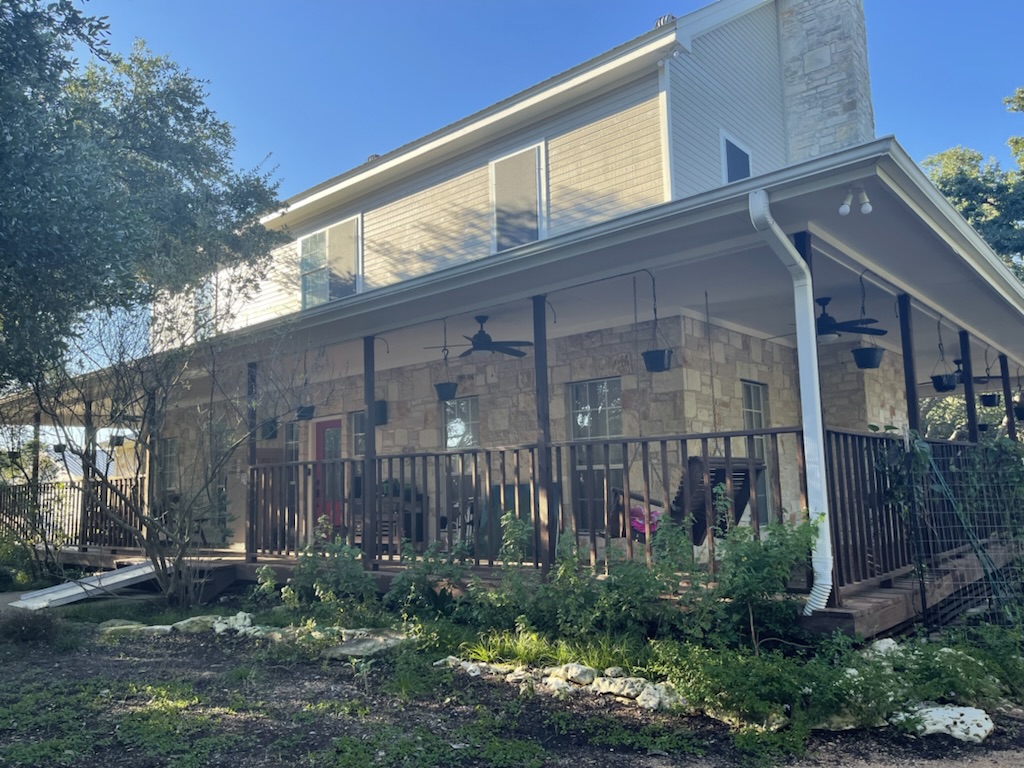
William Alcott – and we’re talking early 1830s and he was, more or less, creating schools from almost nothing – talked about how the garden was essential, how a collection of distracting wonders was essential, how a covered porch – allowing learning to stay outdoors in any weather – was essential.
Timeless Learning: How Imagination, Observation, and Zero-Based Thinking Change Schools

school should go further than providing space, light, and air: “It should be a place where the child can feel that he belongs, where he can move in freedom, and where he can enjoy immediate contact with the outdoors.”
The Design of Childhood: How the Material World Shapes Independent Kids
-
Prepping for Wildflowers

This is the time of year for seeding wildflowers. In preparation, we’re mowing areas that are usually no-mow and relocating … More
-
Spiky Datura Seed Head

-
Cowboy Toilet Paper Flower Stalk

The Wildlife
The Preserve is sanctuary not only to the human Stimpunks and our pets, but also to local species of deer, squirrels, raccoons, possums, birds, rabbits, foxes, frogs, toads, and so on.
The Art
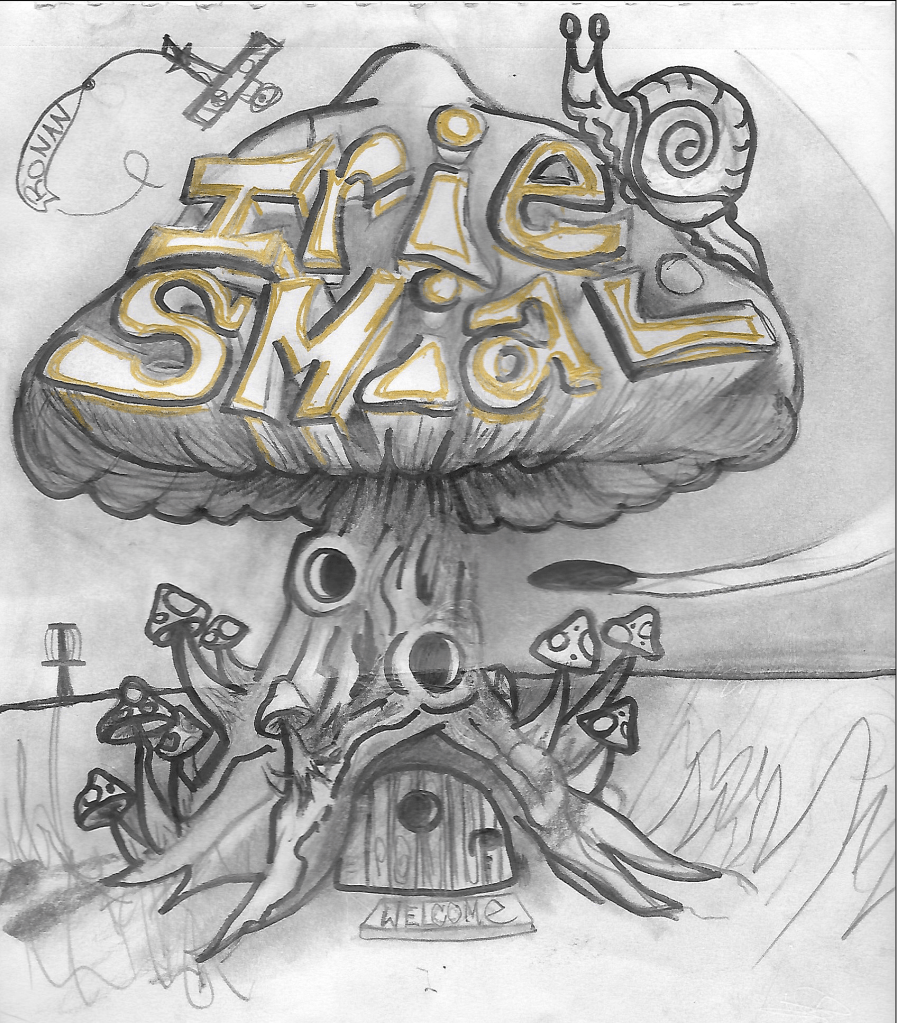
Stimpunk Ronan, lyricist for Josephmooon, wrote the songs for “So Far So Good” at the Irie Smial Preserve. We blast it often.
Neurodivergent and disabled artists contribute to the visual language of the Irie Smial.
The Learning
A human-centered classroom is needed now more than ever. In a time of growing uncertainty, global challenges, and increased threats to democracy, children need space to question, reflect, and actualize a meaning to their lives. These young people, along with their educators, will build a new future of love, care, and respect for all.
A Guide to Human Centric Education
Creating paths to equity and access for all children remains the grand challenge of public education in America.
Equity provides resources so that educators can see all our children’s strengths. Access provides our children with the chance to show us who they are and what they can do. Empathy allows us to see children as children, even teens who may face all the challenges that poverty and other risk factors create. Inclusivity creates a welcoming culture of care so that no one feels outside the community.
Source: Timeless Learning: How Imagination, Observation, and Zero-Based Thinking Change Schools
Learning is rooted in purpose finding and community relevance.
- Map a Path to Purpose
- Learn Experientially
- Connect to the Community
- Promote Literacy
- Create Cross-Disciplinary Classrooms
Social justice is the cornerstone to educational success.
- Support a Reflective Space
- Demand Inclusive Spaces
- Authenticate Student Voice
- Adopt Critical Pedagogy
- Utilize Restorative Justice
Dehumanizing practices do not belong in schools.
- Radically Reduce Homework
- Build Strong Relationships
- Eliminate Grading
- Redefine Assessment and End Testing
- Reform Food Systems
Learners are respectful toward each other’s innate human worth.
- Self-Direct Learning
- Support and Elevate Teachers
- Stay Buzzword Free
- Cooperate, Don’t Force Competition
- Support Multi-Age Classrooms
Source: The Need
Where I work we see this continuum. “Project-Based” adds context to content and helps, yes, but it remains entirely teacher determined education. “Problem-Based” adds critical thinking and perhaps creativity, and begins to break down teacher absolutism. “Passion-Based” puts kids and their interests at the center and changes “teachers” into “educators” who are resourcers, advisors, and supporters.
When we reach Passion-Based Learning we are adding content to context, taking the natural curiosity and interests of kids and making education conform to those individual dreams.
Real Maker
-
Prepping for Wildflowers

This is the time of year for seeding wildflowers. In preparation, we’re mowing areas that are usually no-mow and relocating … More
-
The Patios and Pathways of the Irie Smial Preserve

To solve drainage problems, improve wheelchair accessibility, and expand our outdoor spaces for learning and socializing, we collaborated with “Lori … More
-
Course progress

The Disc Golf Course

Disc golf has proven to be a sport accessible to all of the Stimpunks with our spiky cognitive and physical profiles. Our wheelchair accessible disc golf course is under construction with an anticipated completion of January 2022. Here’s a look at the current progress.


The Precious
Precious to us all to be alive
So far so good
In this world of time
Ronan Boren, “So Far So Good“
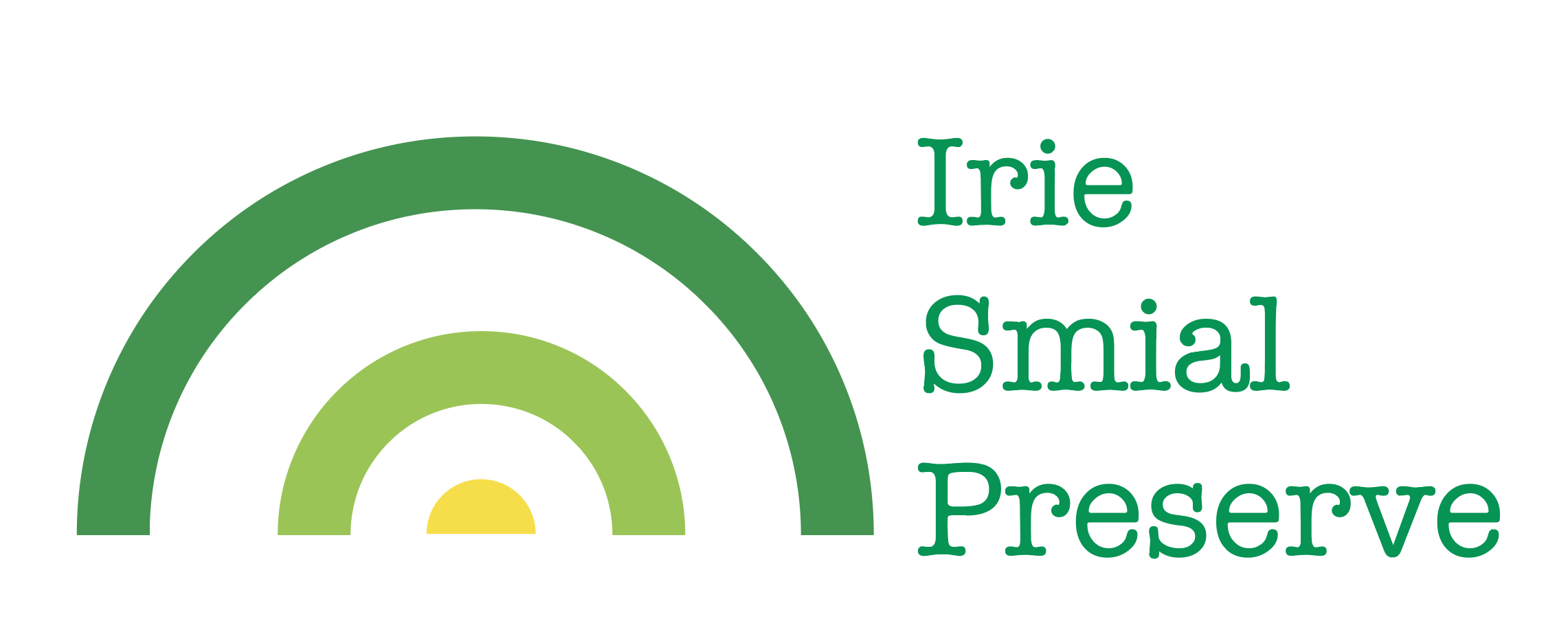
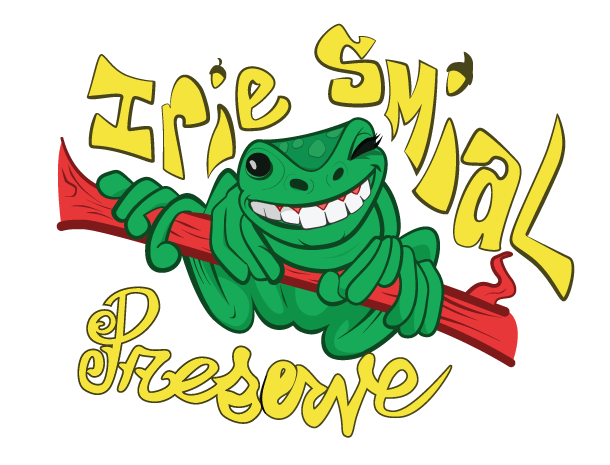

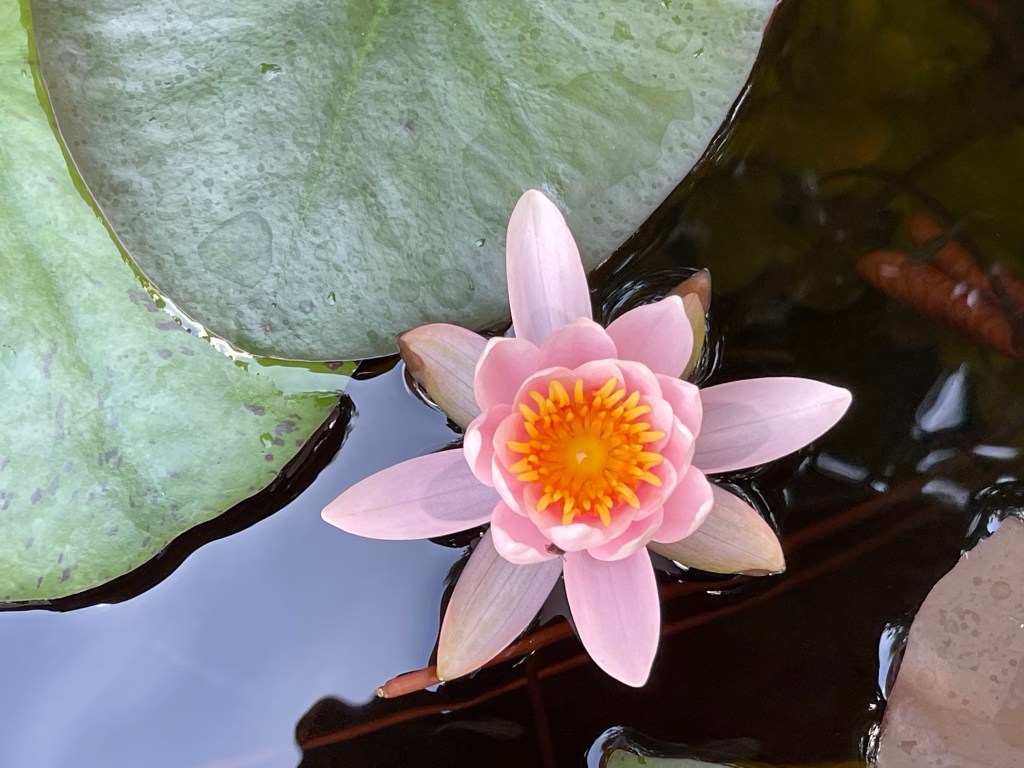
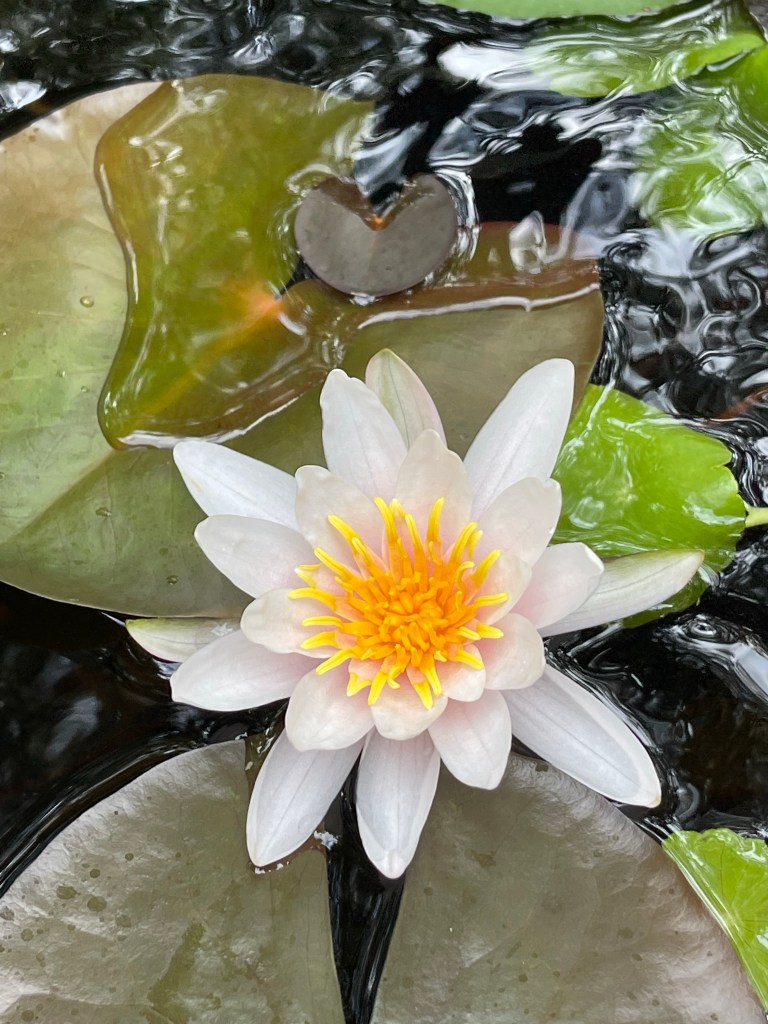
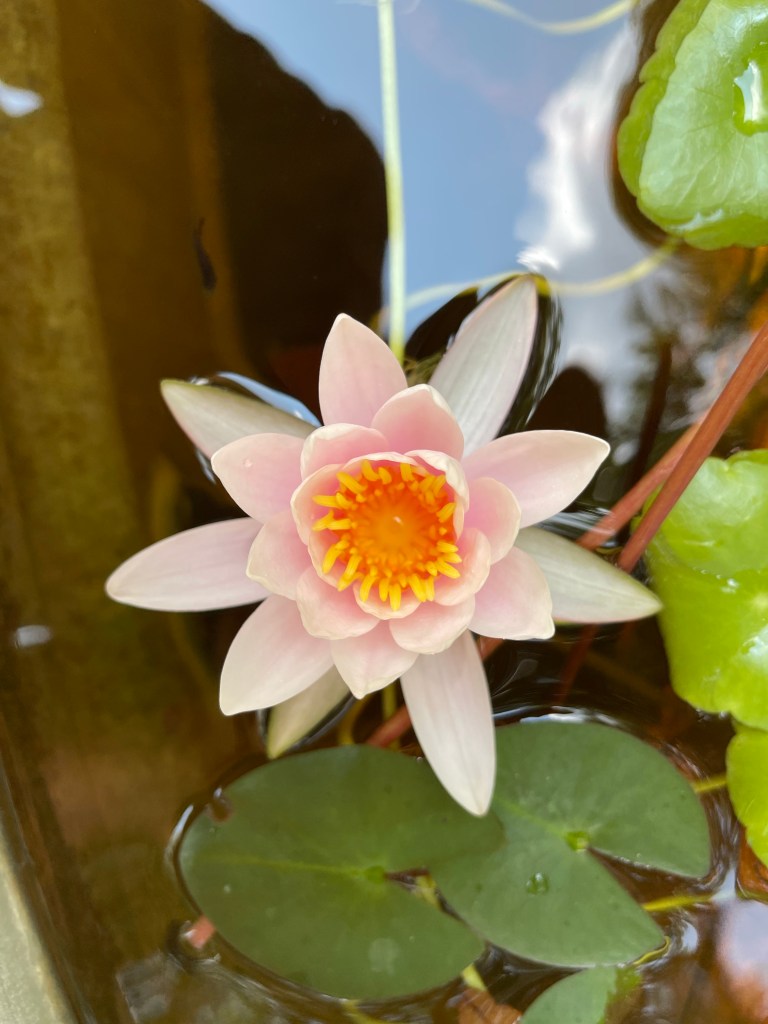



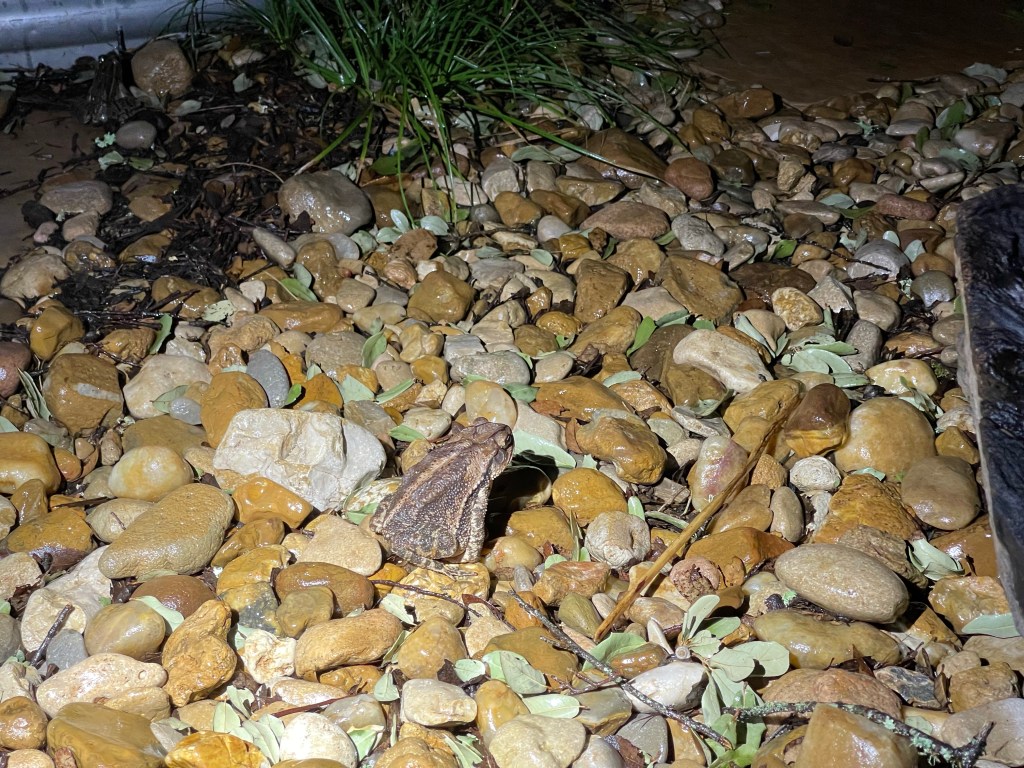
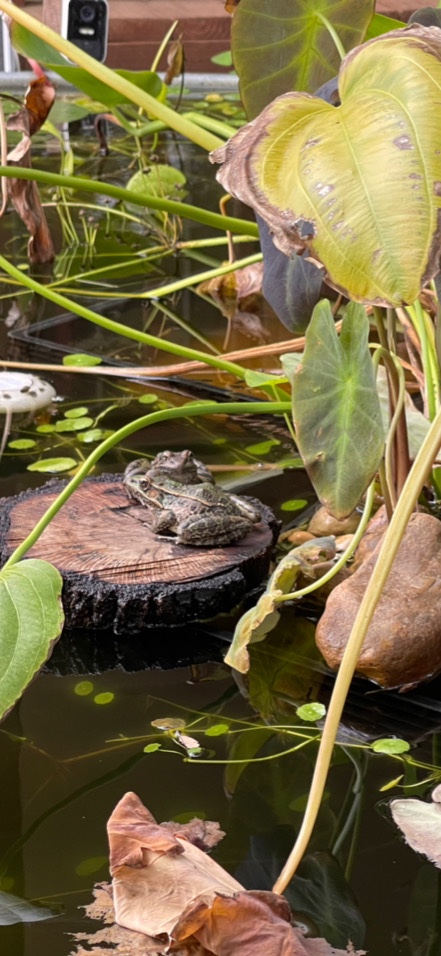







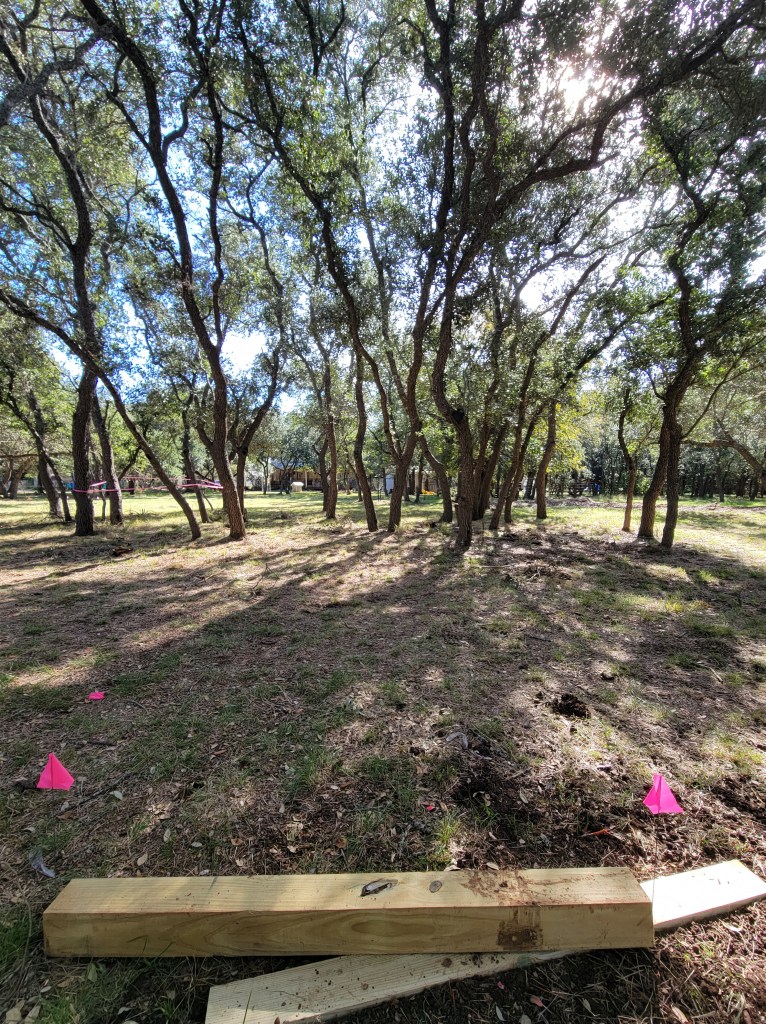





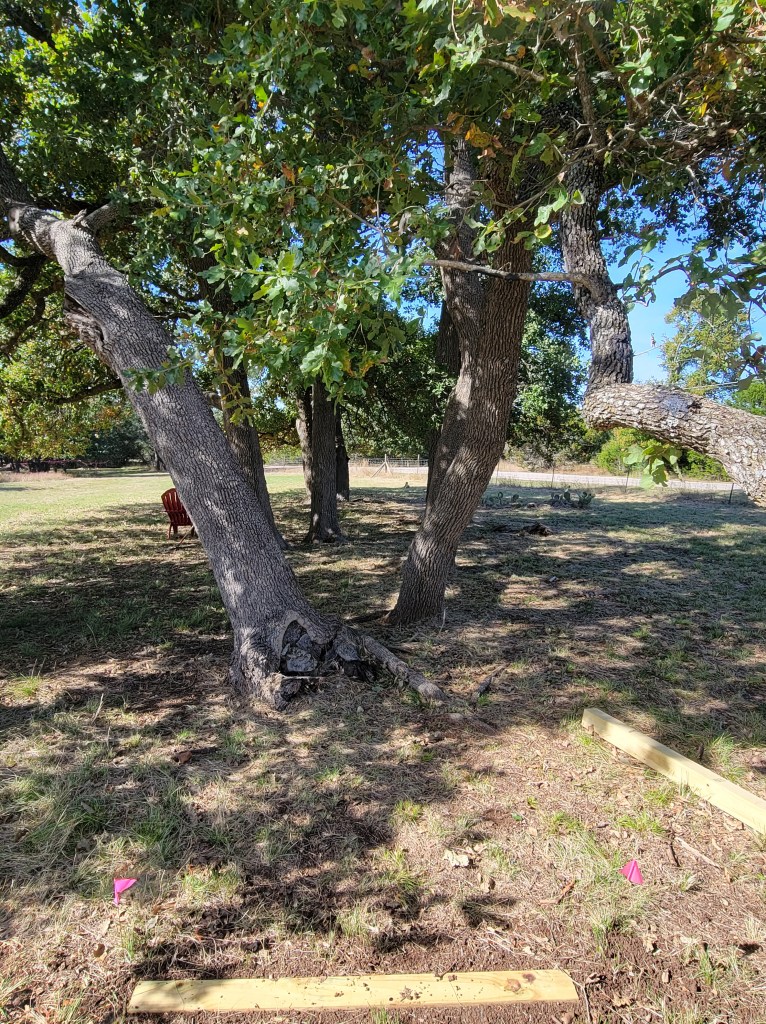




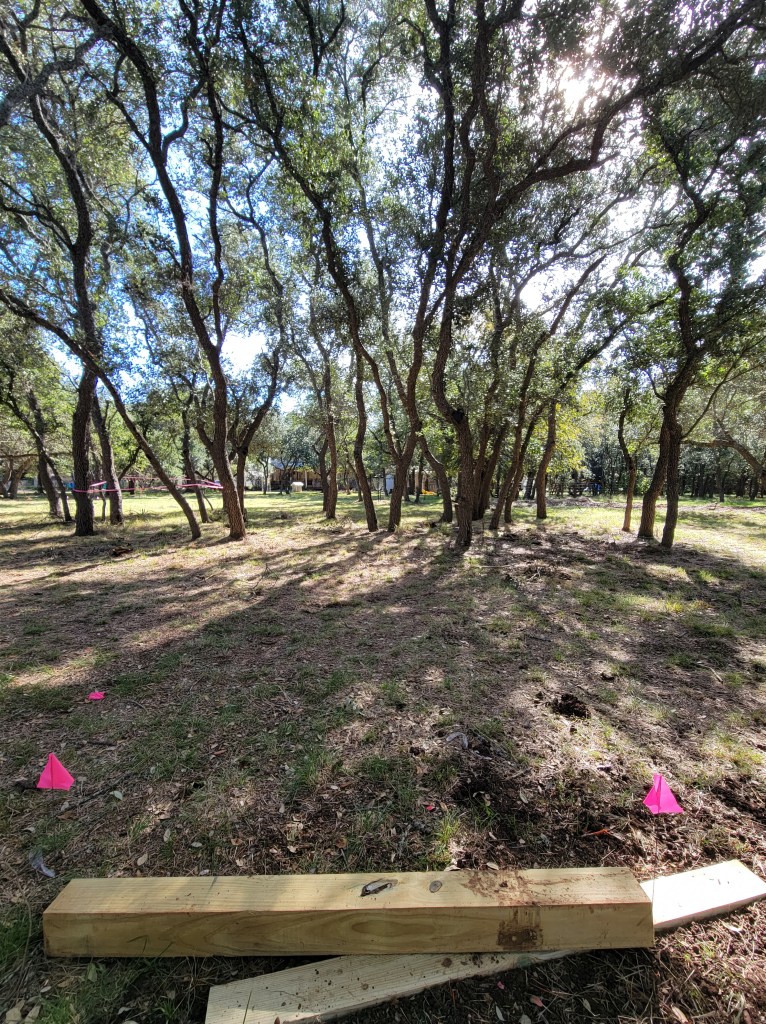

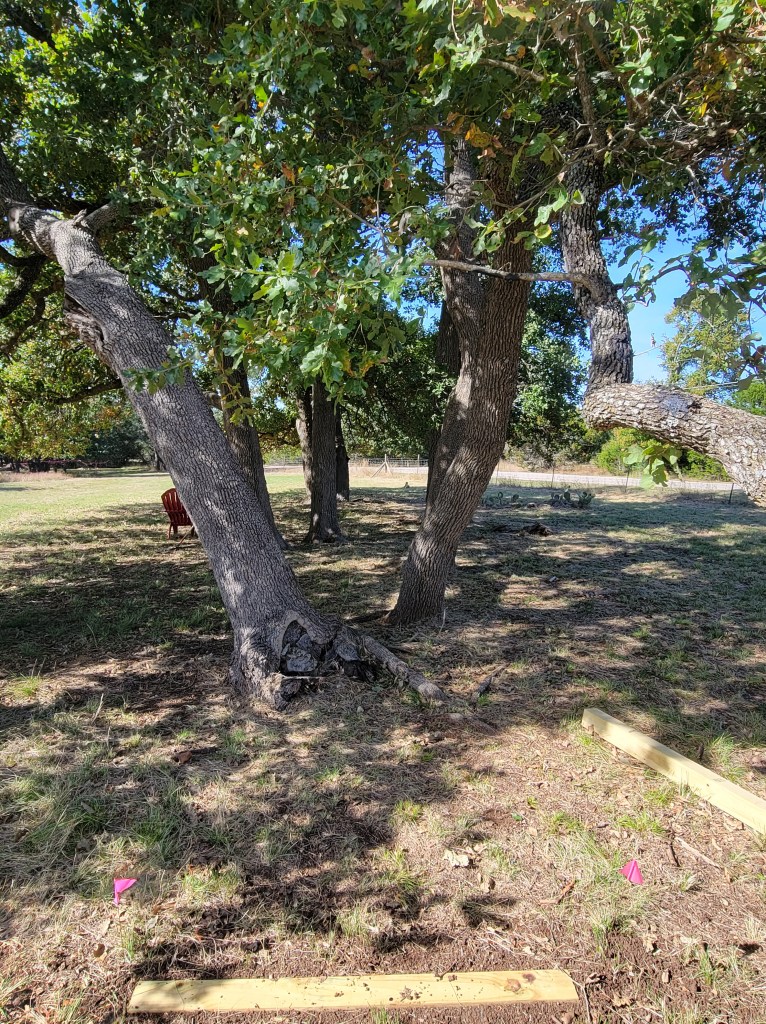

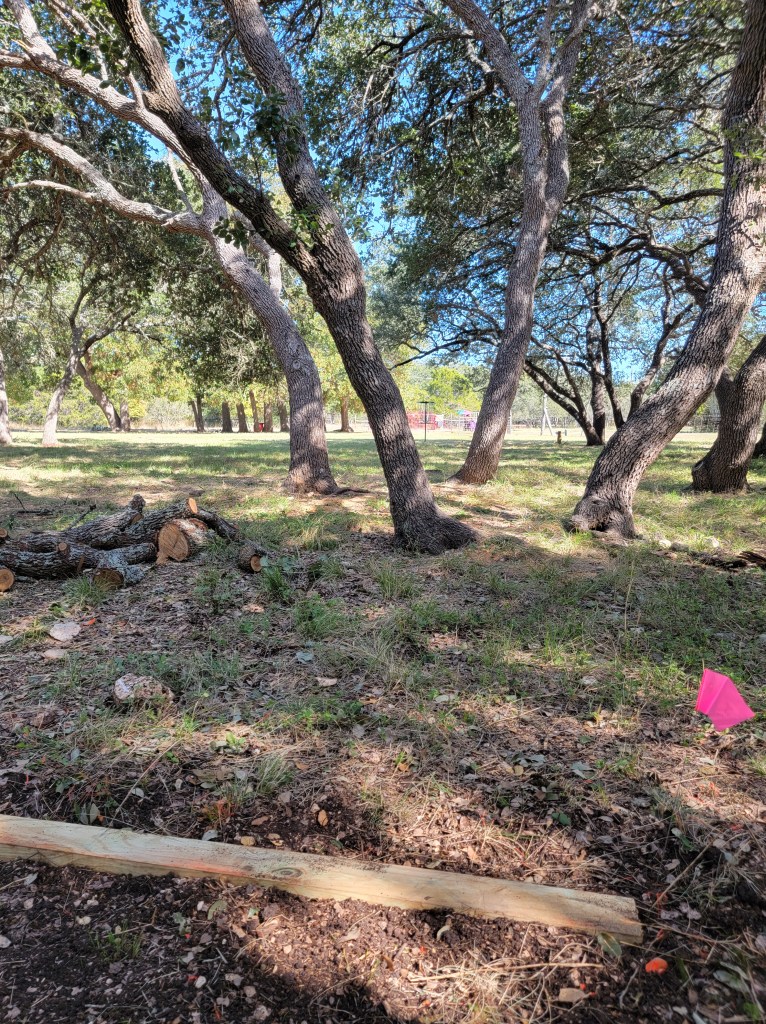

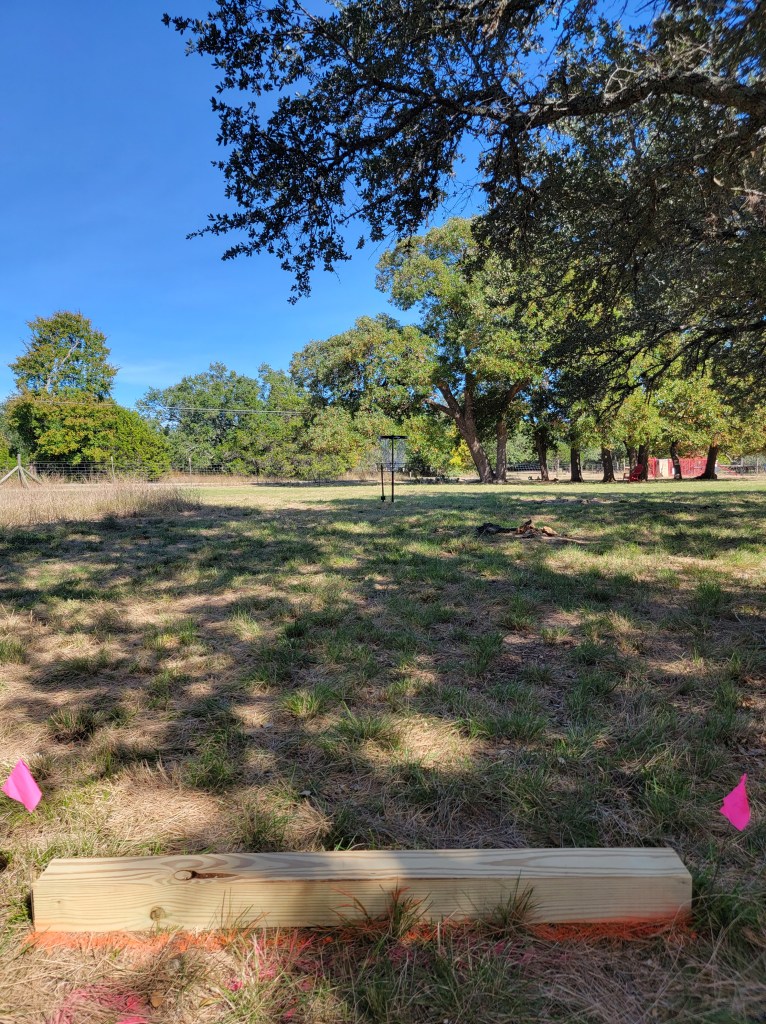


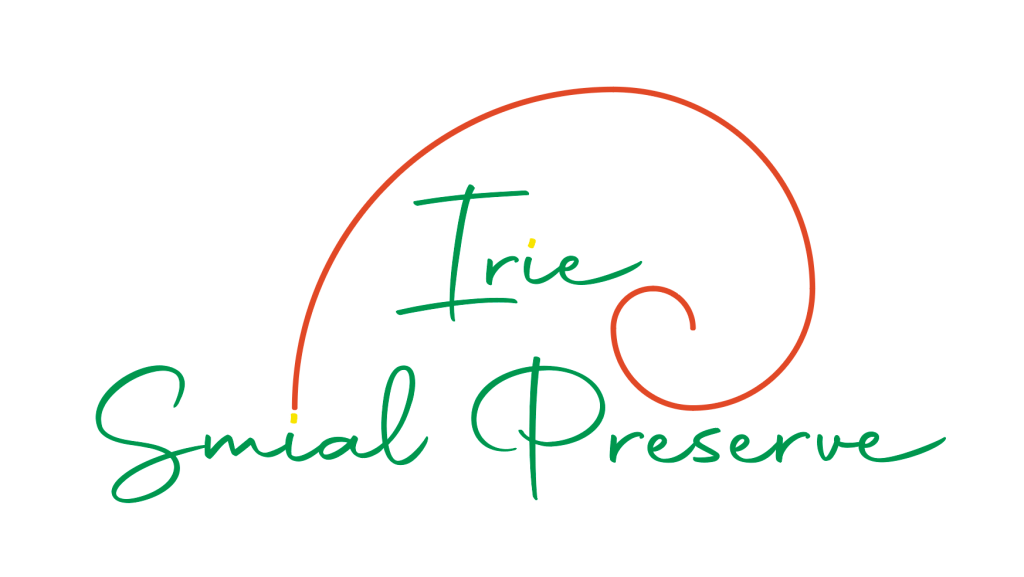

You must be logged in to post a comment.